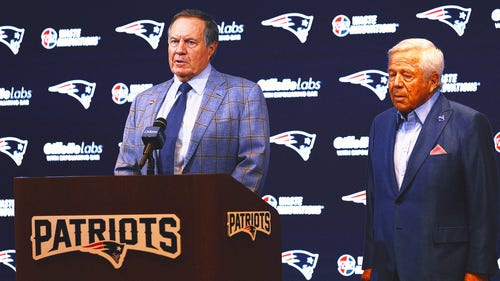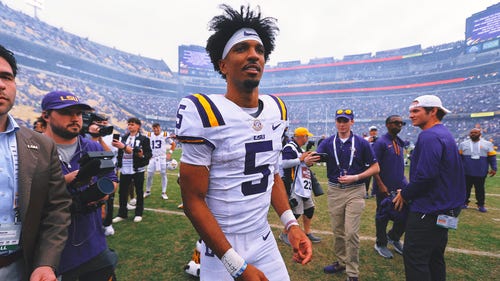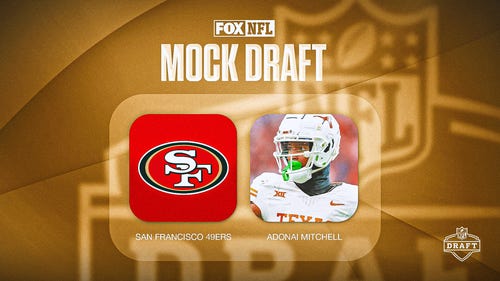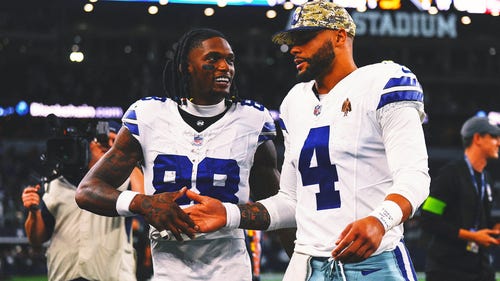
Clark's sickle cell scare an anomaly
Pittsburgh Steelers safety Ryan Clark won’t be the only NFL player in Denver on Sunday who carries the sickle-cell trait. But he’ll be the only one forced to wear street clothes because of it.
Clark lost nearly 40 pounds and needed to have his spleen and gallbladder removed after playing a game in Denver in 2007, so coach Mike Tomlin ruled the 32-year-old veteran out of this week’s wild-card playoff game against the Broncos.
While the exact number of NFL players with the sickle-cell trait is unknown, it can be estimated that at least 90 active players carry it, an average of three players per team.
So why is Clark the only NFL player who’s faced such grave consequences from playing in altitude?
“He’s the unlucky one,” said Dr. David Bundy, an assistant professor at Johns Hopkins School of Medicine, who completed a study last month examining the NCAA’s mandatory implementation of screenings for sickle cell trait among college athletes. “It’s like people with certain heart defects. You can walk around with them your whole life and not know they’re there and then there’s one unlucky person out walking the dog who falls over. We can’t tell in advance which person with sickle cell trait is more likely to be symptomatic than others.”
Normally, people have two hemoglobin A genes, but those with the trait have one A gene and a hemoglobin S gene, which can cause round red blood cells to collapse under extreme physical duress, making the blood sticky and clogging arteries. When complications do arise, it’s usually caused by exertion, often combined with extreme heat, dehydration and in rare cases, like Clark’s, altitude.
Unlike sickle-cell disease, which occurs when someone has two hemoglobin S genes, sickle-cell trait is usually harmless and fairly common, especially among African-Americans. Eight percent of the black population in the United States carries the trait and most never experience any symptoms.
“The vast majority have no problem at all,” said Dr. Kathryn Hassell, director of the Colorado Sickle Cell Treatment and Research Center. “We know that there are high-performance athletes who come into Denver with the trait or live here and do just fine. For Mr. Clark, I’d speculate there’s something else about him, and the combination just didn’t work out for him.”
In 2000, a Howard University study looked back at the 1968 Mexico City Olympics, which were held at an altitude of 7,350 feet, about 2,000 feet higher than Denver. The research determined that many individuals with the trait participated in the Games without any complications. Jets receiver Santonio Holmes, a teammate of Clark’s in 2007 who also has the trait, has played in Denver four times without incident. Cincinnati Bengals lineman Geno Atkins and former NFL receiver Terrell Owens both carry the trait and have had no complications in altitude or otherwise.
“Clark is the only football player I’m aware of [who’s had problems in altitude],” said Colorado State head athletic trainer Terry DeZeeuw, who screens all incoming freshman athletes for the trait. “There’s a lot of conditions other than altitude that can trigger it. But it’s one of the factors.”
It’s those other factors that have proven more challenging for those carrying the trait. Since 2000, 18 athlete deaths have been linked to complications from the trait, including nine college football players. On Tuesday, the Oklahoma state medical examiner ruled that former University of Tulsa linebacker George Clinkscale III’s death after a church boxing match in September was from sudden exertion due to complications of sickle cell trait.
“We don’t understand fundamentally what places a few percent of these subjects at risk while the majority never have symptoms,” said Dr. John Wood, a researcher at The Saban Research Institute of Children’s Hospital Los Angeles, who in Dec. 2010 received a $100,000 grant from NFL Charities for sports-related medical research on the sickle cell trait in athletes. “To assume that all are at the same risk is probably not true. Some are at unique risk, we just don’t know what that is.”
Many college programs have begun taking preventative measures for players with the trait, insisting on frequent water breaks and monitoring exertion levels during workouts. The NCAA created a sickle cell trait education website that includes numerous resources, including fact sheets for both coaches and student-athletes.
“It’s difficult to know what to do with the information other than what you should be doing anyway,” said Wood, who advocates teams not practicing during the hottest part of the day, taking frequent hydration breaks and insisting players be monitored for dizziness and nausea. “The military addressed this as well as anyone because they noticed an increased mortality in their recruits under high heat and stress. They came up with guidelines to down-regulate the intensity of the exercise regimen and lowered the mortality risk if you had the trait to the same if you didn’t.”
While they agreed there is a good chance Clark could play in Denver without incident, none of the doctors interviewed opposed Tomlin’s decision.
“Having an incident like he did would be sufficient to be wary of it happening again,” Bundy said. “Excluding all sickle cell carriers from playing at altitude isn’t logical, but excluding someone like him probably makes sense.”















































































































































